Ana Priscila Santiago Albarran, a psychologist at CITPA, provides an approach to cognitive intervention with adolescents with attention-deficit hyperactivity disorder, hyperactive type.
Working with adolescents who suffer from a neurodevelopmental disorder, such as ADHD, can be a challenge. Added to the characteristics of emotional volatility that occur during this stage of development are the disorder’s own symptoms related to poor inhibitory control and poor social skills that some of them present.
Negative and Positive Consequences
All of this can result in being excluded by typically developing peers if they do not benefit from tools to cope with these kinds of situations, which would lead them to growth and the progressive building of life skills.
However, it is also during this stage that patients begin to become aware of the disorder they suffer from and to cooperate with neuropsychological rehabilitation, if proper adherence to the process has been achieved. It is then when we must rethink therapeutic objectives in the social sphere, since we can build short-, medium-, and long-term expectations procedurally, as the sense of temporality becomes more defined.
The role of psychotherapists in cognitive intervention with adolescents with attention deficit
As cognitive psychotherapists, it is necessary to join efforts and provide new tools to carry out a process focused on an ecological and functional treatment, that is, so sessions transfer to their day-to-day life and what is addressed can be useful for facing the vicissitudes of each setting in which our patients operate.
In this sense, NeuronUP has been a working tool that we use both inside and outside the therapeutic space, and it is very useful to us. It is sensitive to recognizing the diversity of current environments, as well as the nearer or future ones our patient may face at any given time.
It offers various audiovisual materials very similar to real life, promoting more effective and realistic work with them. In this way, it facilitates the acquisition of skills that might be more difficult to achieve with pencil-and-paper tasks.
Exercises to work on Theory of Mind with adolescents with attention deficit

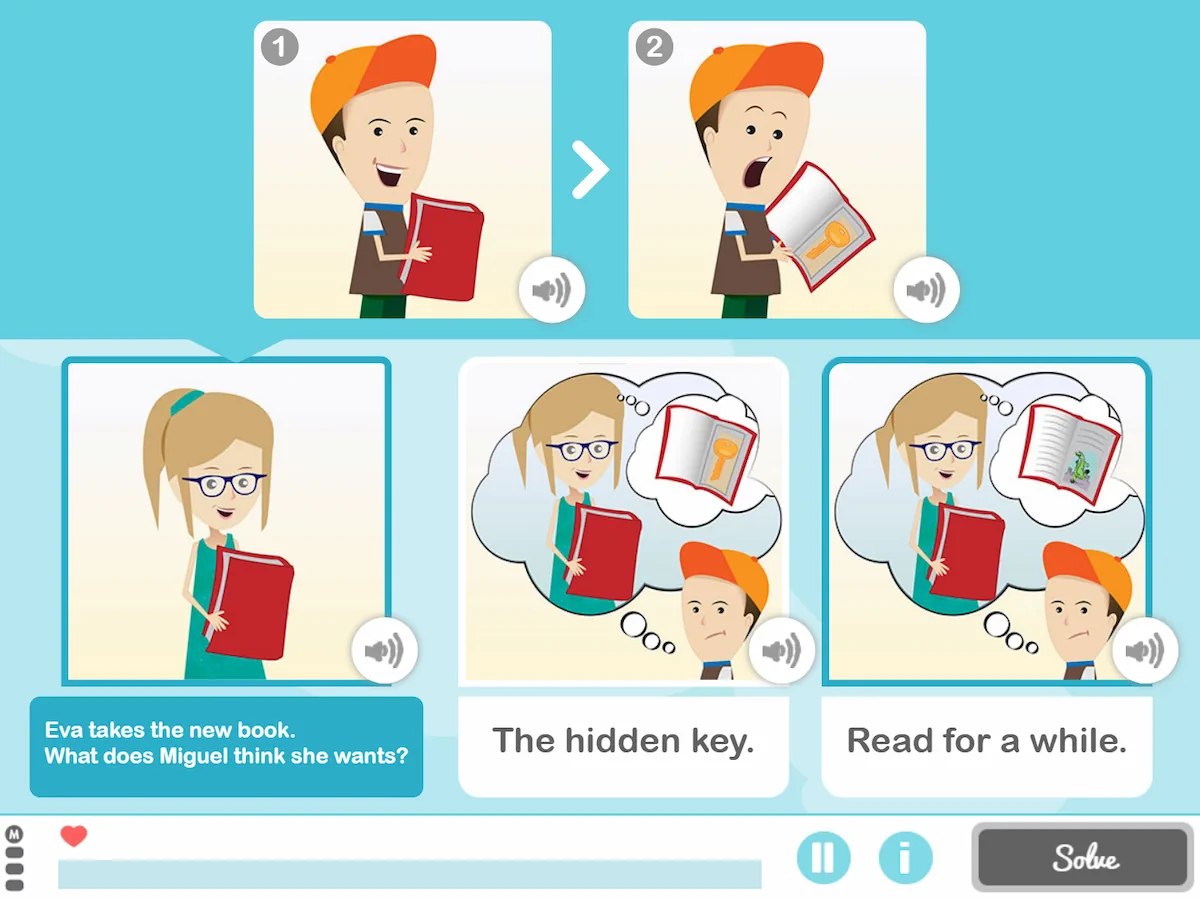
A clear example are the exercises associated with Theory of Mind (TOM). Being part of metacognitive areas, they are difficult to access with conventional materials. What do they think, What do they expect to find? or What do they Believe other People Think? are serial exercises in which everyday life situations are presented in the form of scenes to which our patient must give an assertion of the intentions, beliefs, or emotions of others. Bearing in mind that their purpose is to enable metacognitive and socio-emotional processes.
They also require the execution of first- and second-order skills closely related to the aforementioned areas, such as sustained attention, information maintenance, updating, memory, cognitive flexibility, inhibitory control, and problem solving.
NeuronUP has facilitated our therapeutic work by giving us the possibility of observing error situations more clearly. This allows us to adjust it through other exercises and stimulate underlying areas, since we can also record the latency time between each task, which is very valuable.
Daily living activities
On the other hand, we can carry out direct interventions with our patients, in which we promote reflection before each execution and careful, mindful reading.
In addition, we can work with exercises related to our patient’s life for the development of practical skills, transferring this learning from one situation to another.
We also find that stress levels decrease, since working with a computer fosters confidence and there is a greater playful perspective.
If you liked this post about cognitive intervention with adolescents with attention-deficit hyperactivity disorder, hyperactive type, you may also be interested in these articles:
“This article has been translated. Link to the original article in Spanish:”
Intervención cognitiva con adolescentes con trastorno de déficit de atención, tipo hiperactivo


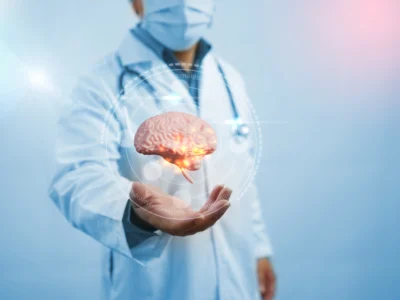
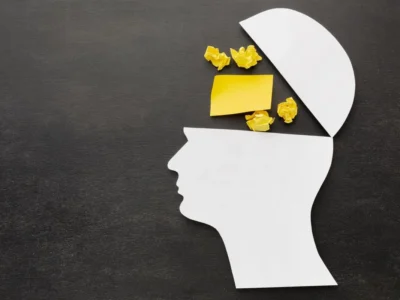

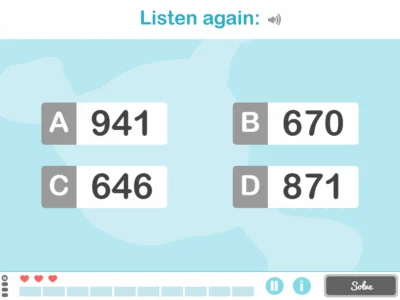
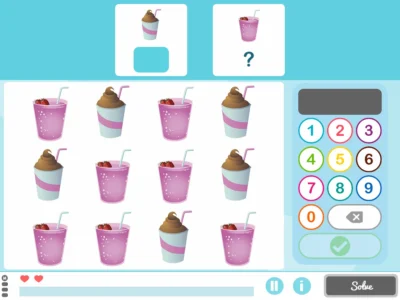
 Neuropsychological stimulation in dyslexia with digital tools
Neuropsychological stimulation in dyslexia with digital tools
Leave a Reply